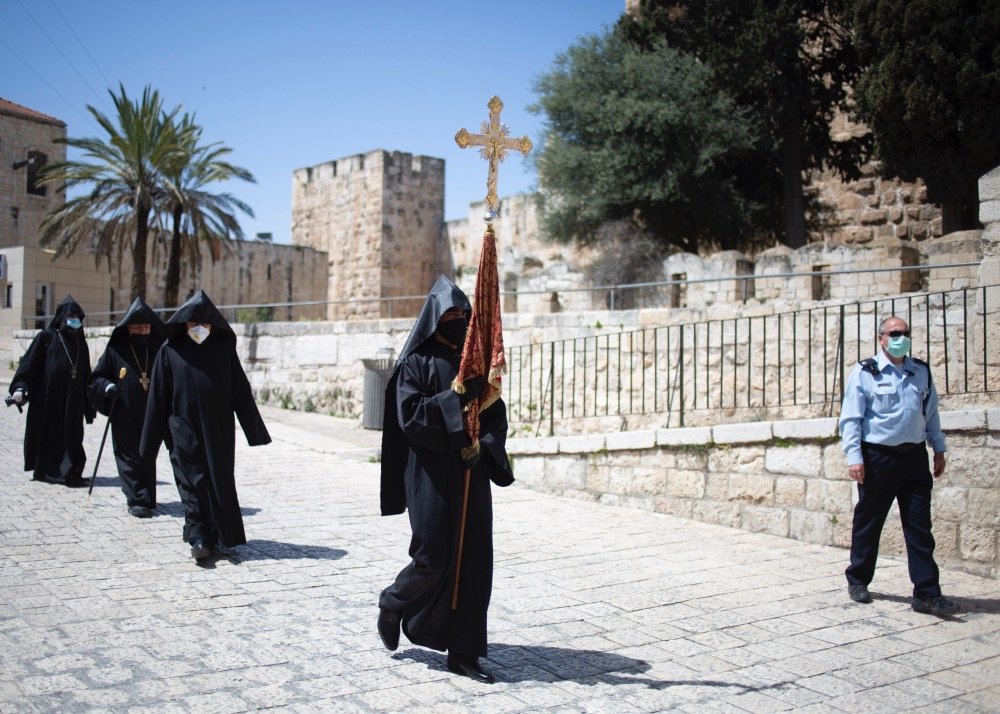Jerusalem’s Armenian Christian quarter dates back to the fourth century, when a small band of pilgrims and monks from the newly Christianised Armenia – almost 1,300 kilometres away on the far side of Turkey – settled in the neighbourhood around the Upper Room, the building thought to be the site of the Last Supper. Today, Armenians still occupy a large part of the Old City where the Armenian Apostolic Church, under the independent Armenian Patriarch of Jerusalem, maintain its own chapels and a school.
Simon Azazian, a communications director at the Palestinian Bible Society whose father is Armenian and mother Palestinian Arab, says that positive relations between Armenians and their Palestinian neighbours, like much in Jerusalem, have a long history.
“Armenians helped with the ceramics of Al-Aqsa Mosque,” he notes, referring to the eighth-century house of worship, the third-holiest site in Islam.
But recently a disused, rubble-filled piece of land has caused friction between the ancient Christian community and the local Palestinian community, which is in administrative control of East Jerusalem despite Israel’s longtime military occupation and effective annexation of the area.
The Armenians say they asked the Palestinian Government and others for help in restoring the land – estimates for removing the rubble alone run to $US2 million – but none came through. Eventually the Armenians turned to the Israeli Jerusalem municipality, which, along with the Jewish nationalist Jerusalem Development Co, agreed to help remove the mounds of dirt and prepare a parking lot, on the condition that at least 90 spots would be reserved for residents of the Jewish quarter and visitors to the nearby Western Wall.
Read the article by Daoud Kuttab in Sight Magazine.

